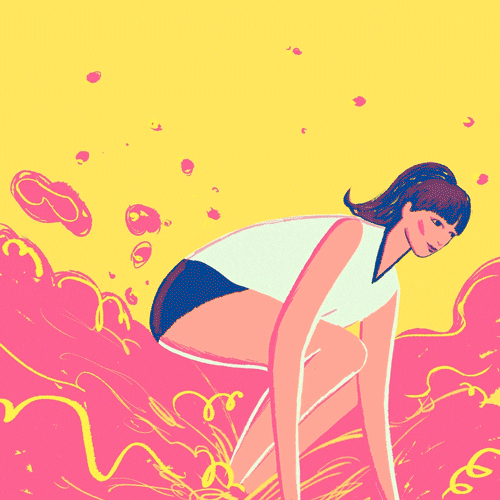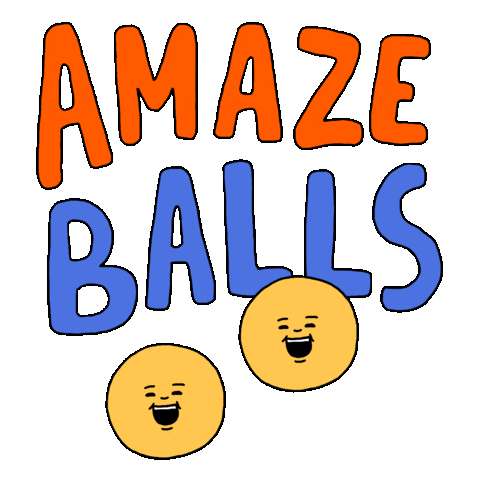“The “sober curious” lifestyle—which means a person is exploring alcohol abstinence—is growing in popularity among Gen Z and millennials, and the hashtag #sobercurious has over 89,000 videos on TikTok of creators sharing their experience with the movement.”
Forbes
When I started out in the design industry, drinking a few times a week–or every day–was the norm. It was impossible to be in this industry and not drink. It was considered a team-bonding experience and the way to entertain clients. Alcohol was everywhere, in meeting rooms, handed over on Friday afternoon, at the pub when we would meet for a “cheeky one” before heading home. But recently things have been changing.

There have been studies that show the younger generation, Gen Z, is not so interested in drinking and is adverse to the “old” drinking culture, carried over by baby boomers. Gen Zers are taking it slow as they enter adulthood, either by not drinking at all, or drinking less often and in less quantity than older generations.
Looking back at when the pandemic first started, drinking in solidarity rose to a much higher number. We’ve all been locked indoors, restricted form socialising and faced with the ominous possibility of death by Covid. Who can blame us? However, in the later stages of the pandemic, things turned on their head. A lot of people saw the situation as an opportunity to drink less and craft a healthier lifestyle for themselves.
Understanding Gen Z 👀
Gen Zers are growing up in a unique social landscape where, weighed down by financial and societal worries, they’re more risk averse as a generation. They have grown up in a world of uncertainty, with declining job prospects, concerns around home ownership and the wider impact of the 2008 financial crisis shaping their lives. They have a nuanced understanding of how drinking impacts their health and their relationships with other people. Subsequently, this new, youth culture has de-normalised drinking in excess, reshaping the idea of a ‘good night out’ and often socialising without alcohol involved.
“Considering these young adults are estimated to make up 40% of spending power by 2021, it is crucial for every brand to pay attention to the broad generational attitudes of this audience.”
Think with Google
The three key behavioural trends from Google’s study on alcohol, are seeking to understand how these behaviours are challenging the alcohol industry and its effects on the economy.
👉 Importance of image and control
A huge percentage of Gen Z claim their online image is always at the back of their mind when they go out socialising and drinking. 76% feel it is important to be in control of all aspects of their life at all times. Keep in mind this is the generation that grew up with mobile phones, acutely aware how easy it is to be on social media, with your consent or without.
👉 Prioritising productivity and success
Gen Z places work and university performance above socialising in their life priorities and 20% of university students are conservatively estimated to be tee-total.
👉 Physical and mental health worries
A major 86% of Gen Z feel mental health is just as an important consideration as their physical health when considering drinking. They nominate binge drinking as a “very risky” activity and associate alcohol with “vulnerability”, “anxiety” and “abuse”.

What does that mean for alcohol brands? 🤔
With the decline of alcohol consumption, new trends and behaviours around drinking have emerged. The landscape is changing rapidly and brands must change with it.
👉 Online content and creative recipes
A new trend has emerged, of people following online recipes from YouTube and TikTok videos to create new, bespoke drinks at home. It aligns perfectly with the rising need for privacy, financial worries (since it’s cheaper than having cocktails out), and means alcohol is consumed in moderation rather than excess or for the sole reason of getting drunk.
👉 Pairing alcohol and curated experiences
Creating occasions for alcohol, such as experiential socialising, from bowling lanes, ping pong tables, game bars, even themed interactive performance nights, means alcohol takes on a new purpose. It becomes a pairing element to a rising culture of people who want to do more than just sit at a pub and drink. Going out is starting to redefine itself into more curated experiences and events and drinking habits are shifting with the new current.
What does that mean for the office social culture? 🙃
A lot of younger creatives are not massive drinkers. A lot of older creatives are starting to catch up and switch to a moderate alcohol consumption that allows them to still enjoy a drink, without feeling horrible the next day. There is a rise in alcohol-free drink options at social events and out-of-work activities that involve experiences without alcohol.
Of course, there are still occasions for the traditional pub night. This used to be the only option a few years ago, but now it seems like it’s one of many options. And that is promising. It means we are finally moving away from expecting all people to like the same things and behaving the same way.
Socialising with colleagues is starting to shift to include more than just alcohol outings. Teams can bond over exhibitions, game nights, dinner and other activities. Most importantly, we need to remember to accommodate all individuals and their needs. It’s about remembering that we are all different and we are not bound to like the same things. So let’s not force a culture of alcohol-based team-bonding. Instead, let’s open ourselves up to all the possibilities out there and get creative about how we bring our teams together.






